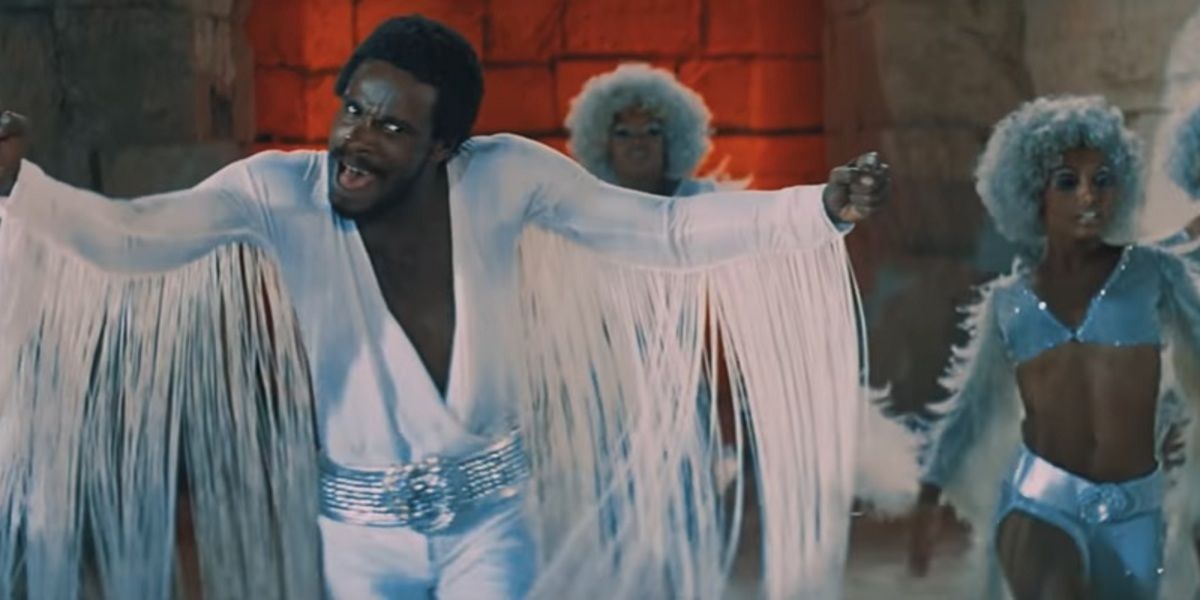Susan Sontag was a remarkable writer, filmmaker, political activist, and philosopher who is most well known for her famous essay, Notes on "Camp", which has since become a pivotal text that helped define the idea of camp as a specific aesthetic and sensibility and even inspired the theme of the 2019 annual Met Gala. The essay itself includes 58 points on what indeed constitutes authentic "camp" aestheticism, which can be used as a system of creative measurement in the realms of TV, art, and of course, film. In other words, camp is something that hard to pinpoint exactly, but you know it when you see it.
In an age of hyper-realist blockbuster action flicks dominating the silver screen and beyond, the camp aesthetic has largely been placed on the back burner of critical analysis and acclaim, as well as regularly landing in the B-Movie or the "so-bad-its-good" micro-genre of film lists in favor of serious dialogue and emotional, dramatic acting roles. There is a lot to be said about the merits and pitfalls of realism, but the extravagance and absurdity found in camp cinema deserve deeper analysis and recognition too. Here are seven underrated representations of camp cinema for when you want to indulge in the eccentric.
'But I'm A Cheerleader!'
If one were to ever need a visual representation of what camp truly is, this movie is it. But I'm A Cheerleader is a 1999 satirical romantic comedy directed and written by Jamie Babbit that stars a young Natasha Lyonne as the main character; a popular cheerleader who is sent to a gay-conversion camp in an attempt to "cure" her homosexuality. The film also features RuPaul as an "ex-gay" counselor and Dante Basco as a fellow inmate.
The film is a classic due to its humor and social commentary on the absurdity of conversion camps as well as the societal expectations of traditional gender roles. It is also one of the earliest LGBT+ films to actually have a happy ending. The film's nods to camp are seen excessively through its technicolor interiors and costumes, as well as dialogue that is dripping with constant innuendo and meta-jokes. Babbit herself describes But I'm a Cheerleader as a "feminization of the camp aesthetic" due to its focus on a lesbian coming-of-age story that blends melodrama with earnestness. It's fun, colorful, and silly in the most serious sense, with a quiet nuance placed within its bubbly presentation that people have neglected to give it credit for.
'Funeral Parade Of Roses'
Written and directed by Toshio Matsumoto and very loosely based on the classic myth of Oedipus Rex, Funeral Parade Of Roses is an electrifying meta-memoir and avant-garde character study that bounces within the genres of comedy, documentary, and drama, giving an absurd and sincere depiction of the lives of a community of transgender women in 1960s Tokyo. This art-house film is a product of the Japanese New Wave movement, filled with esoteric camera-work and editing, psychosexual imagery, commentary and criticism of then-contemporary Japanese society, and a fractured chronology that is directly influenced by the emotional state of each character.
Matsumoto's vision of the world of Funeral Parade Of Roses is of course camp, as he simultaneously presents his characters as genuine individuals with their own inner turmoils whilst also portraying them as literally just playing a role, showing off the artifice of filmmaking and the theatricality of life. It's a pretty difficult film to describe but still makes for an incredible watch, with new reveals of other meanings and analysis specific to whoever is lucky enough to see it with their own eyes.
'D.E.B.S'
Unfairly dismissed and forgotten by history, the 2004 Angela Robinson-directed queer spy comedy D.E.B.S (an acronym that stands for Discipline, Energy, Beauty, and Strength) is another film that reclaims campiness back into the hands of queer women and commits the ultimate cinema sin of not pandering to male fantasies. The film is ridiculous in the best way possible, never once taking itself seriously, embracing all forms of mayhem that the mini-skirt-clad paramilitary squad find themselves involved in, all while a genuine, lesbian love story is placed at the forefront of the film's ethos. It's made with a specific, feminine gaze that might have alienated the male critics that disparaged it, unfortunately forcing the film to remain in obscurity.
It's silly and fun and includes some of the funniest dialogue found in the already iconic and hilarious repertoire of films from the 2000s, as well as featuring the talents of Devon Aoki, Jimmi Simpson, Sara Foster, and Holland Taylor. It goes where Charlie's Angels was too afraid to explore; using the spy genre to explore girlhood and the lesbian experience.
'Dune'
Before Denis Villeneuve's 2021 adaptation of the sci-fi novel received critical and commercial success there was the 1984 David Lynch-directed Dune, starring a 24-year-old Kyle MacLachlan. It has since become legendary due to its confusing plot, badly-aged special effects, an excessive level of weirdness that is too much even for the most loyal of Lynch stans, and even made David Lynch remove his name and credit from several cuts of the film. Sontag ends her famous essay by describing camp as being "good because it's so awful" and that the essential element of camp is a "failed seriousness," which can be more than attributed to the cult-classic sci-fi flop.
The great Sir Patrick Stewart charges into battle cradling a pug, rock star Sting is scantily-clad in a blue codpiece with bleach-orange hair, and the film's soundtrack is provided by Toto; this is peak camp without even trying. It's confusing, convoluted, and way too long for its own good, but it still has a certain campy charm that allows for an appreciation of its bad taste and messy storytelling.
'What A Way To Go!'
In the same year that Sontag wrote her essay came arguably the campiest film to ever exist, What A Way To Go!. It stars Shirley MacLaine in an expansive wardrobe consisting of a kaleidoscopic array of diamond-encrusted and feather-adorned gowns and accessories designed by legendary costume-designer Edith Head that ended up costing half-a-million dollars (which is over four million dollars today), making it one of the most glamorous, expensive, and unapologetically over-the-top film projects in Hollywood history.
The black comedy follows a four-time widow who is cursed with falling in love with men who become fabulously wealthy and then subsequently die due to their success, adding nuance and humor to the "gold-digger" trope. Some of MacLaine's on-screen husbands include Hollywood leading men Paul Newman, Dean Martin, Gene Kelly, and Dick Van Dyke, whose influence helped to inspire the clothing and elaborate set designs shown throughout the many marriages MacLaine's character finds herself in. It's a great comedy, but the fashion is grand enough to persuade anyone to give this classic Hollywood flick a watch and establish itself as a camp masterpiece.
'B*A*P*S'
B*A*P*S (an acronym for Black American Princesses) is a film starring Halle Berry and the late Natalie Desselle as Nisi and Mickey respectively, two aspiring businesswomen who move to Hollywood in order to achieve their shared dream of opening a hair salon and soul-food fusion store. The costumes in this film were designed by Academy-nominated Ruth E. Carter, who used unconventional materials and bold patterns to create exaggerated silhouettes and a dynamic style, adorned with elaborate and delicately-crafted hairstyles that just scream haute-camp couture.
The film is not nearly as popular as it really deserves to be; it showcases the importance of Black female friendship within a white-centric society and synthesizes a heartfelt story about sisterhood with silliness and comedy that once again, doesn't take itself too seriously. But B*A*P*S was subject to a vast amount of negative critiques that failed to appreciate its defiant cheesiness about the joys of Black womanhood in a world that wants nothing more than to diminish it.
'Jesus Christ Superstar'
When it comes to telling the story of the last days of Jesus Christ through the eyes of his betrayer, Judas Iscariot, one would assume that a cinematic portrayal would focus on retelling the biblical epic with realism à la The Passion Of The Christ. But Jesus Christ Superstar turns this assumption on its head by producing a vibrant movie-musical based on the rock-opera of the same name, incorporating 1970s aesthetic and camp sensibilities to showcase the larger-than-life story of the Messiah through meta-commentary and, once again, elaborate costumes.
It is objectively goofy in the most sincere form, adding kitsch to what is otherwise considered the greatest epic story, filled with spirited musical moments that are just as paradoxically glittery as they are mellow and reflective. Despite its campy exterior, the film does examine profound concepts such as the humanity of Christ, the influence of religion on current society, and the extent of moral ambiguity that is found in every person, all while dressed in a sequins-embelished aesthetic.

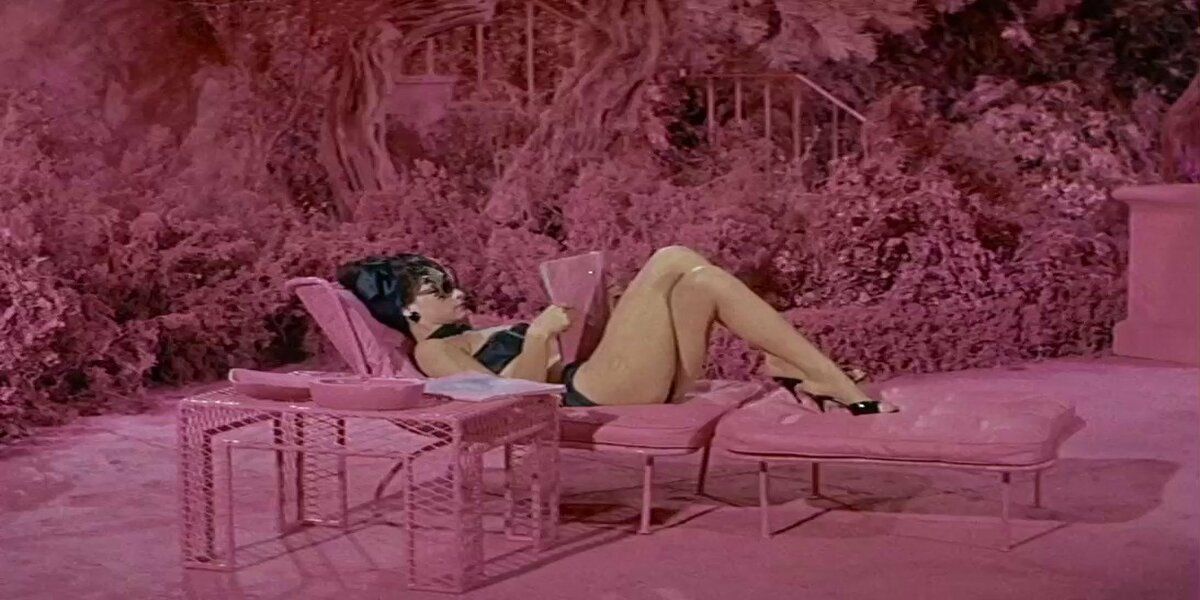
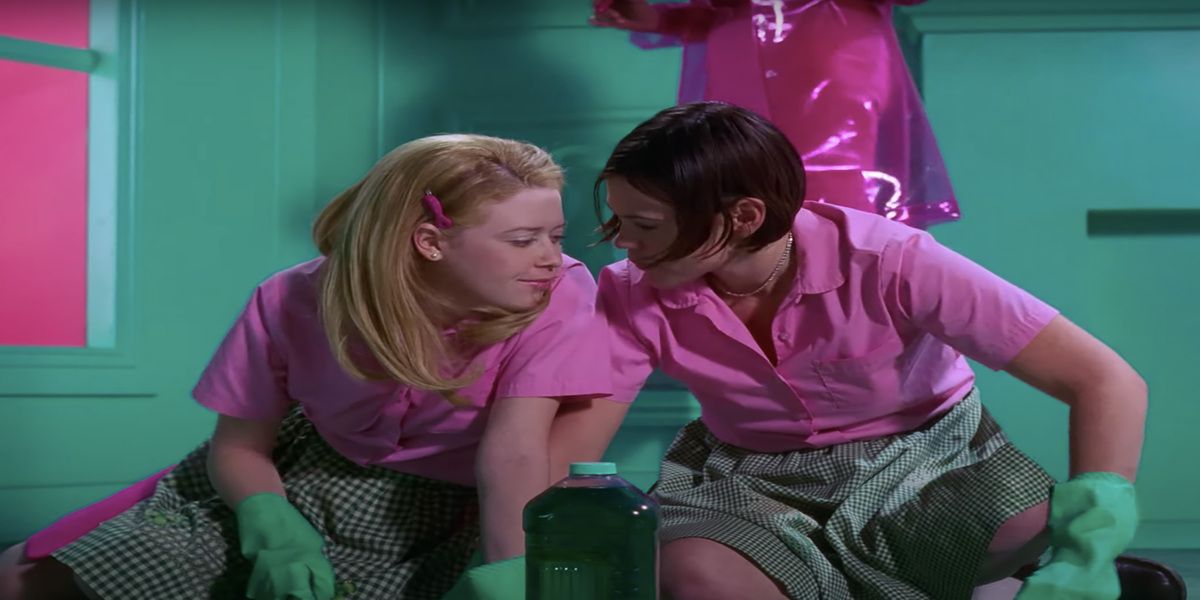
.png)
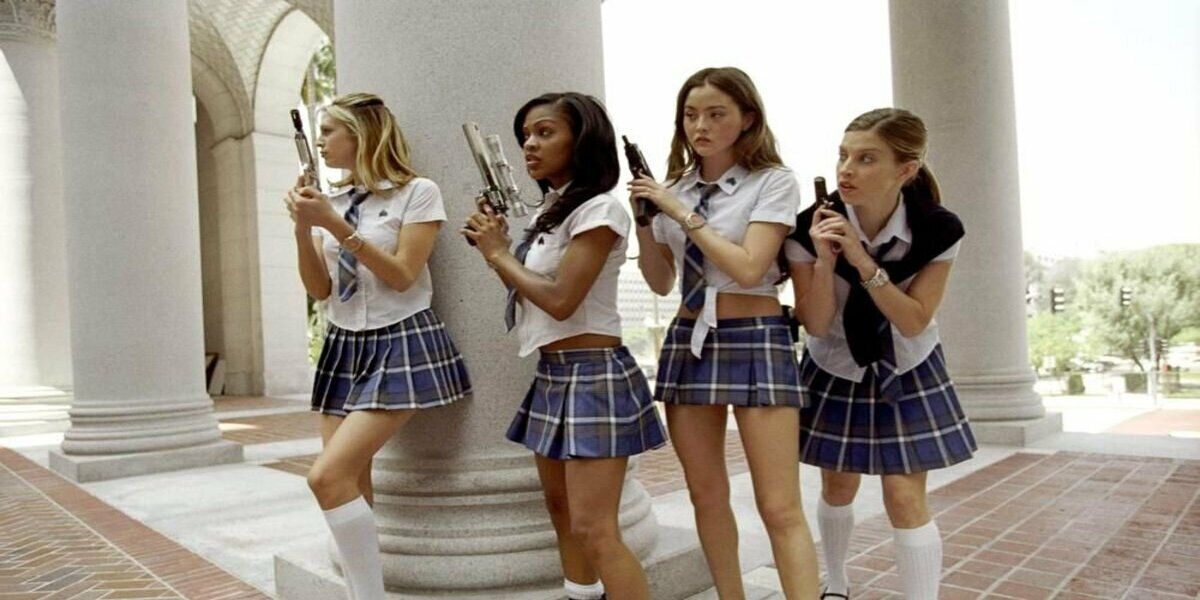
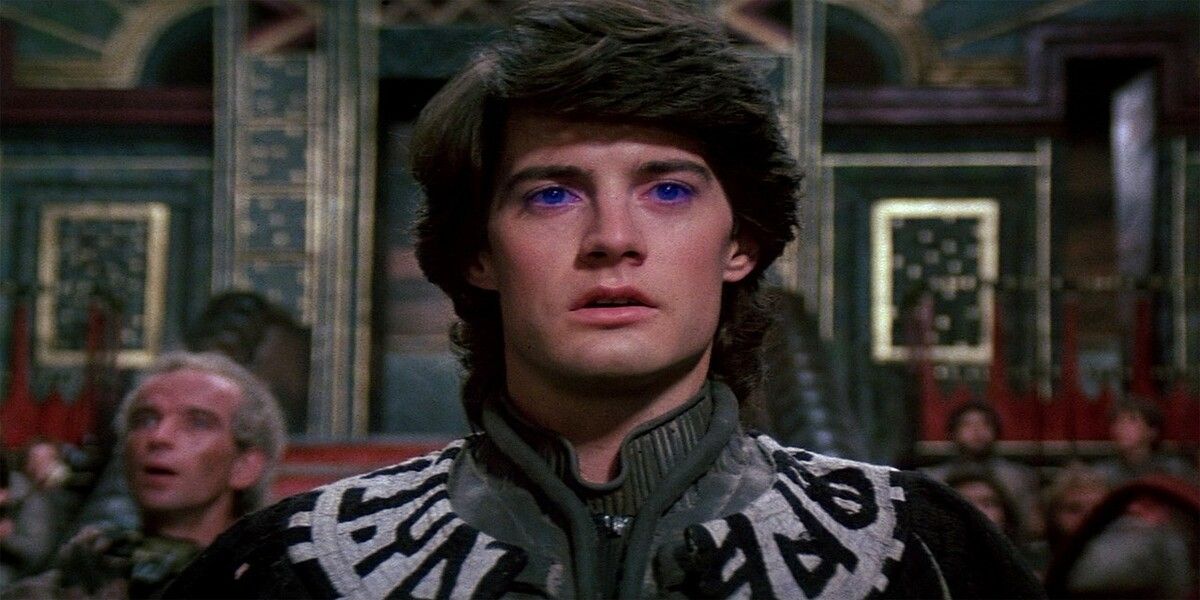
.png)
